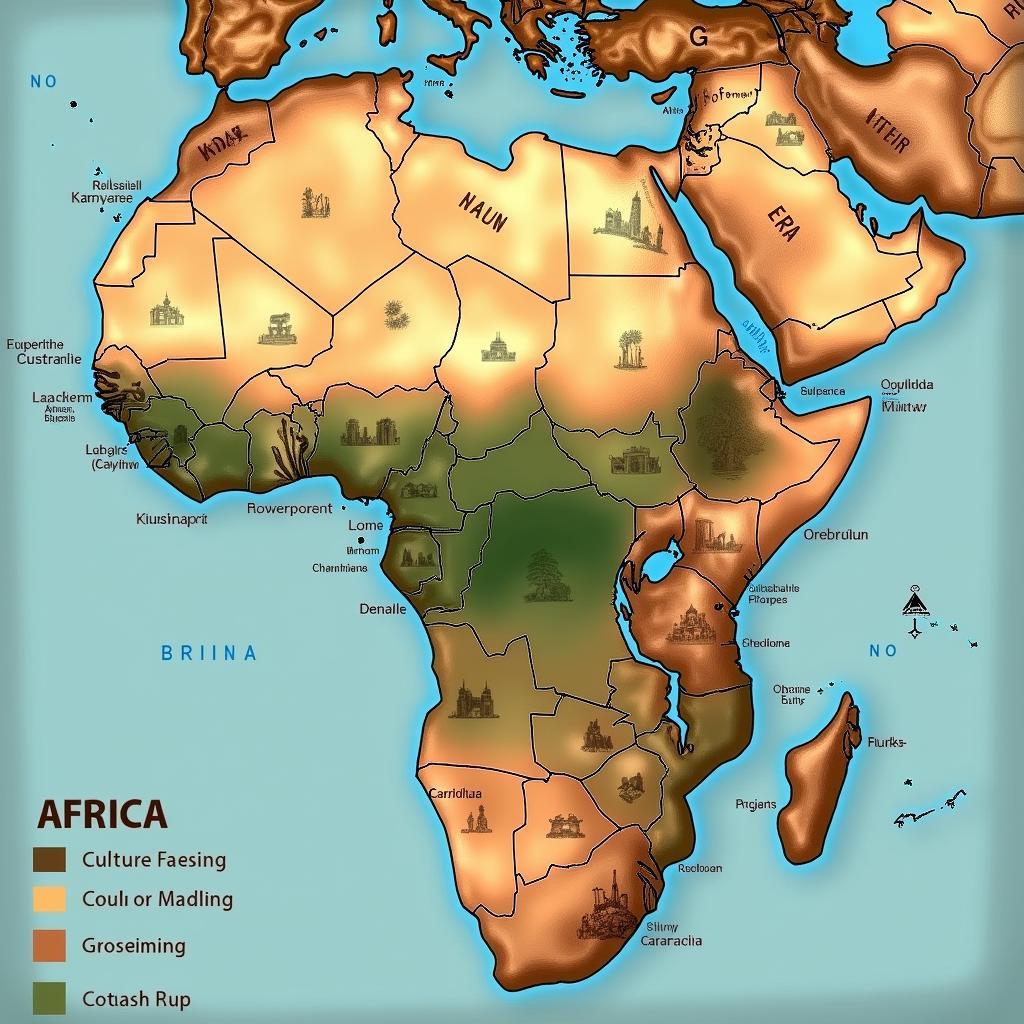African Elephant Fact File KS1: A Jumbo Journey of Discovery
African elephants are the largest land animals on Earth! These gentle giants roam the savannas and forests of Africa, captivating us with their size, intelligence, and complex social lives. This fact file is perfect for KS1 learners eager to delve into the fascinating world of African elephants.
What Makes African Elephants Unique?
African elephants, scientifically known as Loxodonta africana, stand out from their Asian cousins in several ways. Their larger ears, shaped like the continent of Africa, are not just for show! They help these magnificent creatures regulate their body temperature in the hot African sun. Another key difference lies in their tusks: both male and female African elephants have tusks, while only some male Asian elephants do. These tusks are essential tools, used for digging, foraging, and defense. Additionally, the African elephant’s trunk, a marvel of nature, boasts over 40,000 muscles, enabling it to perform a wide range of tasks from picking up tiny objects to showering itself with water.
Their wrinkled grey skin, though tough, is surprisingly sensitive to the sun and insects. To protect themselves, elephants often take dust baths, covering their bodies in a fine layer of dust that acts as a natural sunscreen and insect repellent.
 African Elephant Using Ears for Cooling – KS1 Fact File
African Elephant Using Ears for Cooling – KS1 Fact File
African Elephant Family Life: Herd Habits
African elephants are highly social animals, living in close-knit family groups called herds. These herds, led by the oldest and most experienced female, known as the matriarch, can consist of up to 100 related individuals. The matriarch plays a vital role, guiding the herd to food and water sources and protecting the younger members from predators. Young elephants, called calves, stay close to their mothers for several years, learning valuable survival skills and social behaviors.
Within the herd, elephants communicate through a variety of vocalizations, including rumbles, trumpets, and roars. They also use infrasound, low-frequency sounds that humans cannot hear, to communicate over long distances. This complex communication system strengthens their social bonds and helps them coordinate their movements.
What Do African Elephants Eat? A Giant Appetite
Being herbivores, African elephants consume vast quantities of vegetation every day. Their diet consists of grasses, leaves, bark, fruits, and roots. They use their powerful tusks to strip bark from trees and dig for roots, while their dexterous trunks help them gather leaves and fruits. An adult African elephant can eat up to 300 pounds of food in a single day!
Their enormous appetite plays a crucial role in shaping their environment. By clearing vegetation and creating paths through dense forests, elephants help to maintain the balance of the ecosystem, creating habitats for other animals.
How Big Do African Elephants Get? Jumbo Measurements!
African elephants are true giants! Adult males can reach a shoulder height of up to 13 feet and weigh over 6 tons. Females are slightly smaller, reaching a shoulder height of up to 11 feet and weighing around 3 tons. Newborn calves, however, are comparatively tiny, weighing around 200 pounds.
How big is that? Imagine an elephant being as tall as a double-decker bus and weighing as much as several cars!
Conservation: Protecting the Giants
Unfortunately, African elephants face numerous threats, including habitat loss due to deforestation and human encroachment, as well as poaching for their ivory tusks. Conservation efforts are crucial to protect these magnificent creatures and ensure their survival for future generations. By supporting conservation organizations and educating others about the importance of protecting elephants, we can all play a part in safeguarding these gentle giants.
Conclusion: A Jumbo Farewell
From their large ears and powerful tusks to their intricate social structures and crucial role in the ecosystem, African elephants are truly remarkable animals. This African Elephant Fact File Ks1 provides a glimpse into their fascinating world, inspiring young learners to appreciate and protect these gentle giants.
FAQ
- What is the biggest difference between African and Asian elephants? African elephants have larger ears shaped like Africa, and both males and females have tusks.
- What do African elephants eat? They are herbivores, eating grasses, leaves, bark, fruits, and roots.
- How much can an African elephant eat in a day? Up to 300 pounds!
- How big are African elephants? Males can be up to 13 feet tall and weigh over 6 tons.
- Why are African elephants endangered? Habitat loss and poaching are the biggest threats.
- What is a group of elephants called? A herd.
- Who leads an elephant herd? The oldest female, called the matriarch.
Further Exploration:
- Discover more about African wildlife on our dedicated animal pages.
- Learn about the threats facing African elephants and how you can help.
Need assistance? Contact us 24/7: Phone: +255768904061, Email: [email protected], Address: Mbarali DC Mawindi, Kangaga, Tanzania.

